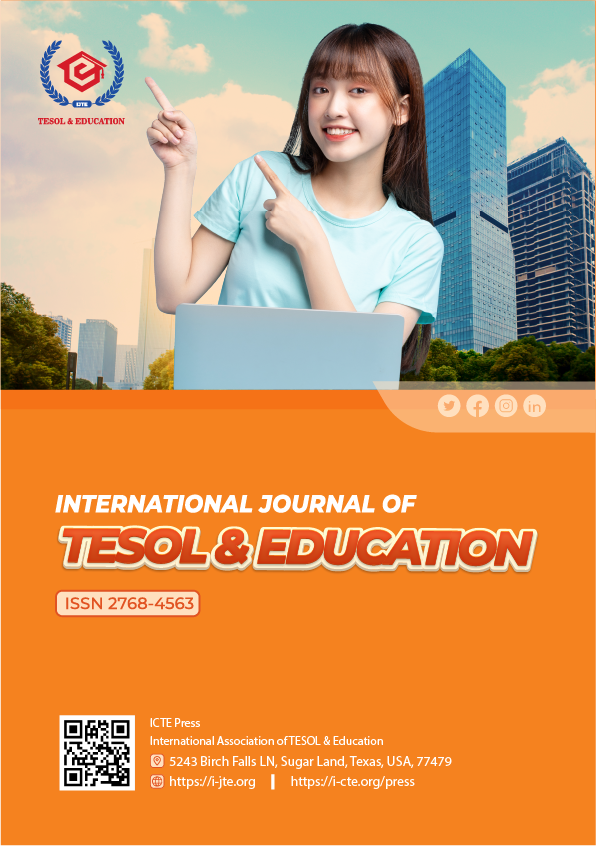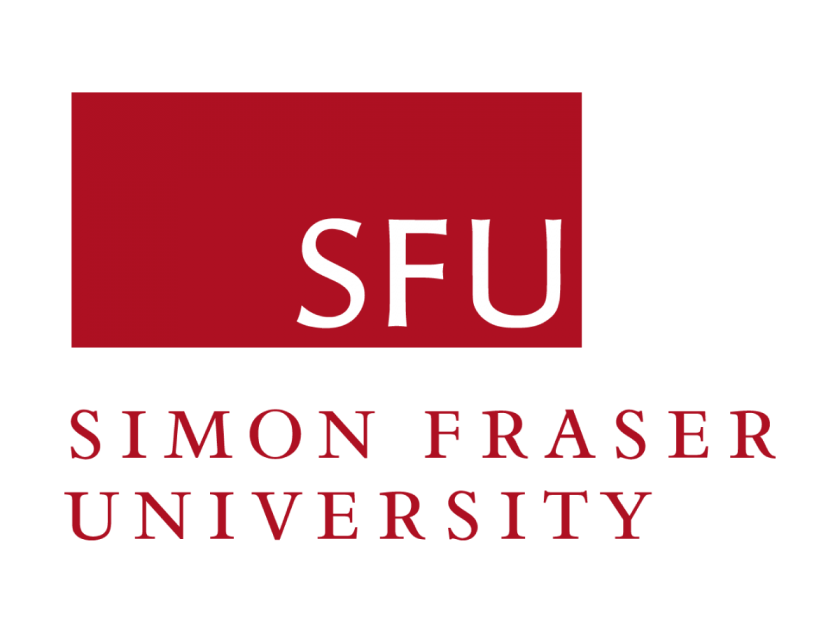A contrastive analysis of the Conceptual Metaphor "finance is fluid” in Vietnamese and English electronic news
DOI:
https://doi.org/10.54855/ijte.25543Keywords:
conceptual metaphor; mapping; finance; fluid; teaching & learningAbstract
This study conducts a contrastive analysis of the conceptual metaphor “finance is fluid” in Vietnamese and English electronic news, based on a dataset of 200 metaphorical expressions (100 per language) collected from online financial articles. Employing the framework of Conceptual Metaphor Theory (Lakoff & Johnson, 1980) and the Metaphor Identification Procedure (MIP) by the Pragglejaz Group (2007), the research systematically identifies and categorizes metaphorical language mapping financial concepts onto fluid dynamics. Two main cognitive models are established: (1) “financial situation is the state of liquid” accounting for 57% of Vietnamese and 55% of English cases, and (2) “supplying finance is supplying liquid” comprising 43% and 45% respectively. Key expressions such as “ngập” (flooded), “chảy” (flow), and “bơm” (pump) in Vietnamese, and “drown,” “flow,” and “pump” in English, illustrate both universal and culture-specific metaphorical patterns. The findings reveal subtle differences in linguistic choices but a shared cognitive mapping across both languages. Importantly, the study discusses concrete implications for TESOL, highlighting how awareness of metaphorical structures can enhance learners’ comprehension, translation, and communication of financial concepts in multilingual contexts.
References
Aristotle. (1954). Rhetoric and poetics. The Modern Library.
Dang, T. H. T. (2012). The conceptual metaphor of gold in Vietnamese from the perspective of source domains. Journal of Linguistics, (12), 19–22. Institute of Linguistics.
Geary, J. (2012). I is an other: The secret life of metaphor and how it shapes the way we see the world. HarperCollins Publishers.
Kövecses, Z. (2005). Metaphor in culture: Universality and variation. Cambridge University Press.
Kövecses, Z. (2010). Metaphor: A practical introduction (2nd ed.). Oxford University Press.
Lakoff, G. (1993). The contemporary theory of metaphor. In A. Ortony (Ed.), Metaphor and thought (pp. 202–251). Cambridge University Press.
Lakoff, G., & Johnson, M. (1980). Metaphors we live by. University of Chicago Press.
Lakoff, G., & Johnson, M. (2003). Metaphors we live by. University of Chicago Press.
Le, M. T., & Nguyen, T. B. (2023). Roles of cognitive linguistics to second language acquisition. ICTE Conference Proceedings, 3, 118–126. https://doi.org/10.54855/ictep.2339
Liang, S. (2021). A corpus-based study on conceptual metaphors in the finance & economics column of The Economist. International Journal of English Language Studies, 3(8), 14-26. DOI: https://doi.org/10.32996/ijels.2021.3.8.3
Nguyen, T.B.H. (2024). Teaching conceptual metaphors in Vietnamese idioms to foreign learners through a cognitive linguistic approach. Edelweiss Applied Science and Technology, 8(6), 7008–7021. https://doi.org/10.55214/25768484.v8i6.3516
Nguyen, T. T. H. (2019). The metaphor “Stock market is a battlefield” in Vietnamese stock market news reports. Social Science Human Resources, (2), 82–88.
Nguyen, T.T.H. (2024). Conceptual Metaphor BUSINESS IS A JOURNEY in Business Terminology. Theory and Practice in Language Studies, 14(11), Article 15. https://doi.org/10.17507/tpls.1411.15
Pham, T. G. (2023). Conceptual metaphor “WOMEN ARE ANIMALS” in 20th century Vietnamese literature. ICTE Conference Proceedings, 3, 26–40. https://doi.org/10.54855/ictep.2333
Pham, T. G. (2025). Conceptual metaphor “COMMERCE IS SPORT” in Vietnamese and English commercial news discourse: A contrastive study. VNU Journal of Foreign Studies, 41(2), 42–55. https://doi.org/10.63023/2525-2445/jfs.ulis.5401
Pham, T. T. T. (2017). Metaphorical expressions in Vietnamese economic discourse. Journal of Foreign Languages, 52, 23–33. Hanoi University.
Pragglejaz Group. (2007). MIP: A method for identifying metaphorically used words in discourse. Metaphor and Symbol, 22(1), 1–39.
Qiu, X. (2023). Translation Strategies for Conceptual Metaphors in Financial Discourse-Taking The Economist as An Example. Journal of Education, Teaching and Social Studies, 5(2), 11–21. https://doi.org/10.22158/jetss.v5n2p11
Tsitoura, M. (2023). Conceptual Metaphor Theory in English Language Teaching: Developing EFL Learners’ Metaphor Awareness. Selected Papers of ISTAL 24, 804–817. https://doi.org/10.26262/istal.v24i0.9222
Zhang, Y., & Yang, W. (2023). The landslide’s conceptualizing economic decline and its framing effect: Mandarin evidence. Frontiers in Psychology, 14, 1271911. https://doi.org/10.3389/fpsyg.2023.1271911
Downloads
Published
Issue
Section
License
Copyright (c) 2025 Nguyen Luu Diep Anh

This work is licensed under a Creative Commons Attribution 4.0 International License.
The copyright of all articles published in the International Journal of TESOL & Education (ijte) remains with the Authors, i.e. Authors retain full ownership of their article. Permitted third-party reuse of the open access articles is defined by the applicable Creative Commons (CC) end-user license which is accepted by the Authors upon submission of their paper. All articles in the ijte are published under the CC BY-NC 4.0 license, meaning that end users can freely share an article (i.e. copy and redistribute the material in any medium or format) and adapt it (i.e. remix, transform and build upon the material) on the condition that proper attribution is given (i.e. appropriate credit, a link to the applicable license and an indication if any changes were made; all in such a way that does not suggest that the licensor endorses the user or the use) and the material is only used for non-commercial purposes.
Authors retain copyright and grant the journal the right of first publication with the work simultaneously licensed under a Creative Commons Attribution 4.0 International License that allows others to share the work with an acknowledgment of the work's authorship and initial publication in this journal.
Authors are able to enter into separate, additional contractual arrangements for the non-exclusive distribution of the journal's published version of the work (e.g., post it to an institutional repository, in a journal or publish it in a book), with an acknowledgment of its initial publication in this journal.











